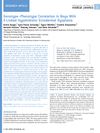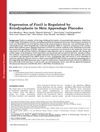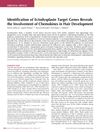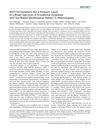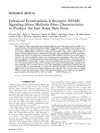Ectodysplasin Research: Where to Next?
June 2014
in “
Seminars in Immunology
”
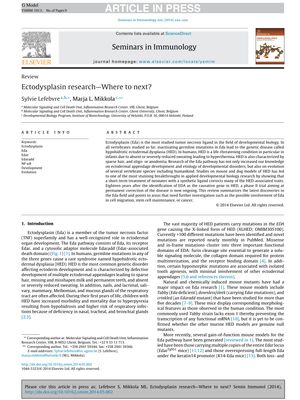
TLDR Future research on ectodysplasin should explore its role in diseases, stem cells, and evolution, and continue developing treatments for genetic disorders like hypohidrotic ectodermal dysplasia.
The document reviews the role of ectodysplasin (Eda) in the development of ectodermal organs and its implications for hypohidrotic ectodermal dysplasia (HED), a genetic disease. Eda is crucial for the development of hair, teeth, and glands, and mutations in the genes encoding Eda and its associated proteins lead to HED, which is characterized by sparse hair, missing teeth, and reduced sweating. Significant progress includes a treatment for neonates with a synthetic ligand and a phase II trial for permanent disease correction. The review also discusses the need for further research into Eda's role in cell migration, stem cell maintenance, cancer, and its involvement in adaptive evolution. Over 100 mutations in the EDA gene have been identified, and mouse models have been instrumental in understanding the Eda pathway. The document also explores the potential therapeutic applications of Eda and its evolutionary significance, noting that variations in the Eda gene have been linked to adaptive traits in different species. Clinical trials using a humanized version of Eda protein, EDI200, to treat XLHED-affected newborns are underway, highlighting the potential for a cure for XLHED.
